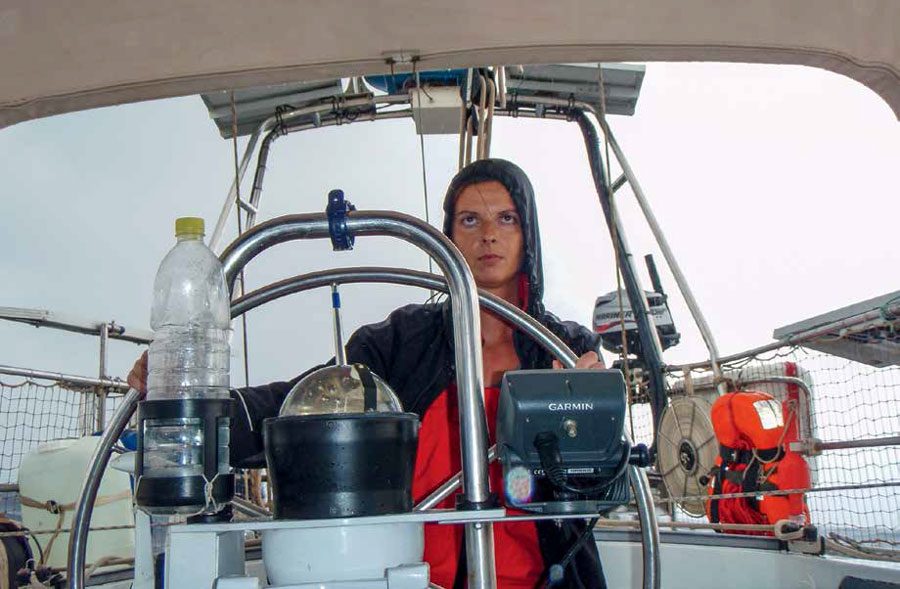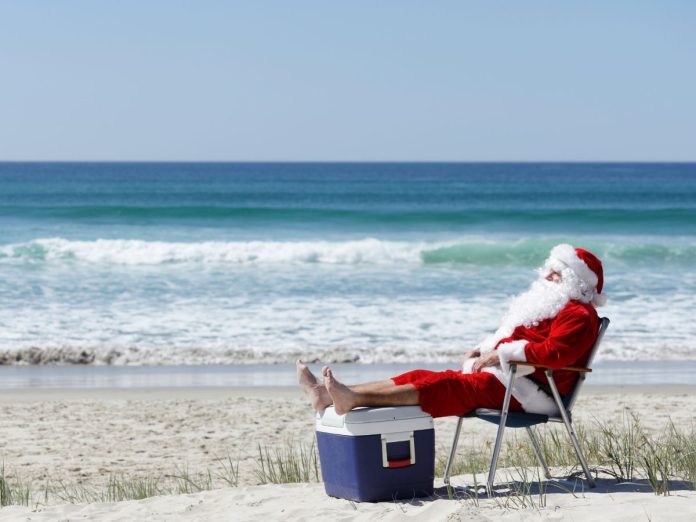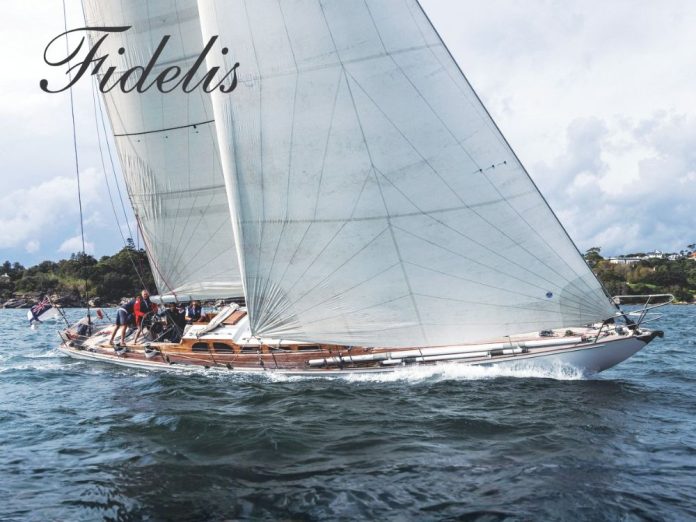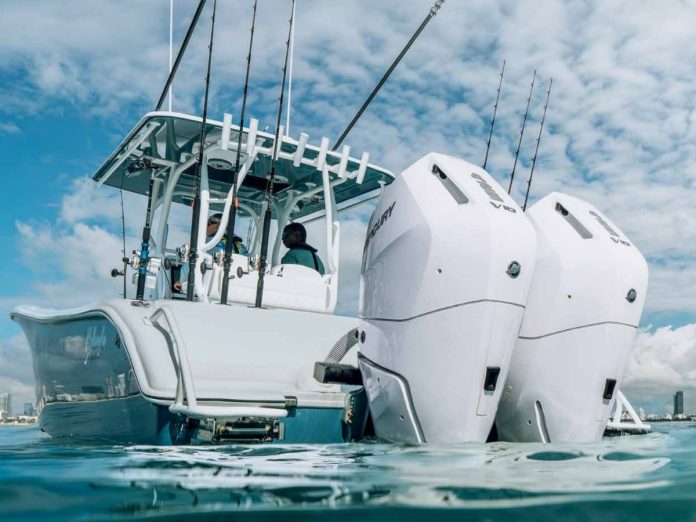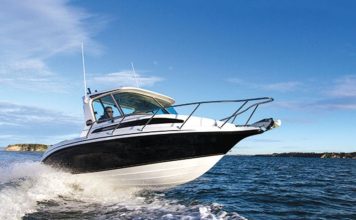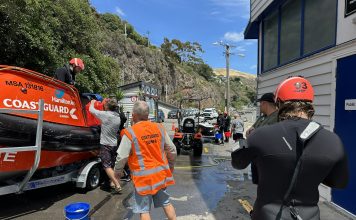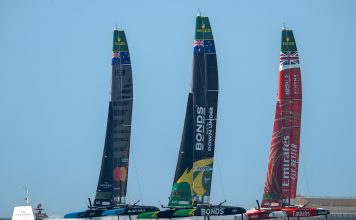Flexible spray dodgers and biminis made of Sunbrella or similar waterproof textiles keep the cockpit comfy and dry. Unfortunately, those materials lose their water resistance after a few years of exposure to the elements.
Especially in the tropics, even high-quality materials start letting some water dribble in during heavy rain or on rough passages, resulting in very unhappy helms-people. Of course, there is a variety of waterproofing products available on the market, but many of them are rather expensive – and toxic! Fortunately, there’s also a low-budget, easy-to-make recipe for DIY waterproofing.
Boats that are built and outfitted for sailing in cold climates and rough weather usually feature a doghouse or hardtop sprayhood to provide shelter from cold, rain and wind. The helmsperson stays dry at all times, and at anchor such a ‘conservatory’ expands the dry living area considerably. Sailing in the tropics, the elements are usually more benign and keeping them out is not such an important issue – some purists even sail without a dodger to enjoy wind and spray in their faces. But for those who like to be sheltered from wind, sun and spray while still enjoying a cooling flow of air, a combination of flexible sprayhood and sun awning is an ideal solution.

We set out from Croatia in 2011 with a newly-made spray dodger and sun awning dreaming of the South Seas. During a very wet rainy season in Panama the waterproofing on the Sunbrella started to leak and the lofty sun awning that had been made for the Mediterranean climate proved inadequate in the face of proper tropical rainstorms. We therefore bought a few cans of waterproofing spray, putting a coat on the dodger and awning, before installing a second layer of canvas on top of the awning, complete with rollable side panels to collect water and keep the cockpit dry. Such a dry ‘porch’ has the advantage of providing more living room for the crew and also an area for a clothesline to keep damp things from accumulating below deck.
We were happy and dry for a long time, but after a few years the annoying dribbling-game started again. Unfortunately, we were at that point out of waterproofing products and far away from chandleries to buy any new ones. We remembered an old recipe we had seen long ago but dismissed as too messy: mixing silicone with white spirit. We neither knew the ratio, nor how to apply the paste, we had no access to the internet to Google, so we started experimenting.
We tried mixing small amounts of the two components in a cup and got the impression they would never blend. After several minutes of stirring, we were ready to give up, but slowly the consistency turned into a smooth paste. We tried applying it with a brush, but it was too thick and coagulated within minutes. More white spirits (lots more) and a much longer stirring time was required to eventually achieve a rather liquid mixture that was easy to apply, similar in consistency to an epoxy primer.

During application the canvas gets wet and of course it looks wet, with dark blotches where it has just been treated and lighter areas where it has started drying. That blotchy look fortunately disappears as soon as the canvas fully dries out after a couple of hours in the sun. To fully cure takes about a day without rain, so that all the solvent can dissipate while the silicone remains in the material.
We were happy with the look of the result, but would it keep out the rain? During the next downpour we anxiously watched for leaks, but the rain just formed silvery drops that glided gracefully off the Sunbrella without soaking the material. Even better, the result was also rather durable and kept us dry for two years before we had to reapply the magic mixture.
What makes this waterproofing DIY solution so attractive for cruisers is that it consists of only two ingredients that most cruising boats carry around in their maintenance locker anyway: transparent silicone and white spirit. The only additional materials needed are a mixing cup and a brush, also usually readily available. Another advantage is the relatively harmless nature of the chemicals involved. In contrast to many waterproofing sprays, no respiratory protection is necessary and once the white spirit has evaporated the canvas smells neutral again. BNZ

RECIPE:
1 cartridge of transparent silicone
1 bottle of white spirit
1 medium-sized brush
1 mixing pot (min. 500ml)
Unfortunately, there’s no fixed ratio for the silicone-white spirit mix. It depends on the kind of silicone, temperature, humidity, etc. Fill your mixing pot quarter-full with silicone, then start adding white spirit in small amounts and stir until you get a homogeneous paste. Gradually add more white spirit while stirring vigorously until you achieve the consistency of paint. The mix must be liquid enough to thoroughly penetrate the canvas.
Add more white spirit and stir again if it starts thickening in the pot while you are still at work.
